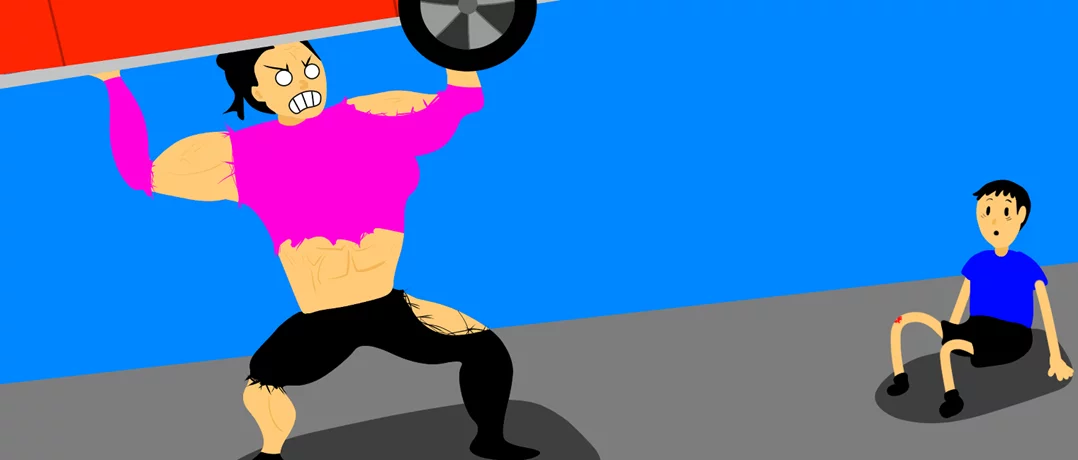Superhuman strength occurs during extreme stress, fuelled by adrenaline and pain suppression for survival moments
Strength you can’t train for, only trigger

When disaster strikes, ordinary people sometimes do extraordinary things. A mother lifts part of a car to free her child. A stranger pulls open a jammed metal door after an explosion. These moments, often described as “superhuman strength”, seem to defy logic. But scientists say they’re real, rare, and rooted in a powerful biological response designed to help us survive.
At the center of this phenomenon is the body’s stress response, specifically, the sudden release of adrenaline and noradrenaline. These hormones surge through the bloodstream when the brain perceives immediate danger.
According to physiological reviews on catecholamines, adrenaline raises heart rate, redirects blood to major muscles, increases glucose availability, and improves oxygen flow. Together, these changes can boost short-term muscular performance. Scientists have also demonstrated in controlled studies that adrenaline increases the power-generating capacity of muscle under certain conditions.
In simple terms: your body temporarily shifts into a mode where survival, not safety, is the priority.
The pain switch that turns off
A second key mechanism is stress-induced analgesia, the brain’s ability to suppress pain during life-threatening moments. Research shows that acute stress triggers the release of endorphins and other chemicals that dampen pain signals. This is why people often don’t feel injuries until after the crisis has passed.
Without pain acting as a brake, the body can push harder, sometimes far harder, than normal.
Why car-lifting stories aren’t what they seem
Accounts of parents lifting cars make headlines, but scientists caution that the physics behind these moments is often misunderstood. People usually lift a corner of the vehicle, not the full weight, and leverage plays a major role. Still, biomechanics alone can’t explain everything.
National Geographic’s reporting on hysterical strength notes that adrenaline-fueled feats are plausible but extremely brief. They last seconds, not minutes. And they come at a cost: torn muscles, damaged tendons, and exhaustion often follow.
The limits and the risks
Even at maximum adrenaline, humans have hard limits. Muscles can only contract so forcefully before the tissue fails. The cardiovascular system can only take so much strain. In fact, doctors warn that attempts to replicate “superhuman strength” outside a crisis can lead to serious injury.
The scientific consensus is clear: hysterical strength isn’t a hidden power waiting to be unlocked. It’s a biological emergency override, designed for extreme, life-or-death situations and it carries consequences.
“Superhuman strength” isn’t a myth. It’s a window into how deeply the human body is wired for survival. Most of us will never experience it, and that’s a good thing. But in the rare moments when life hangs in the balance, biology gives us a brief, powerful push.
Because sometimes, in the face of danger, the body doesn’t ask for permission, it simply acts.



